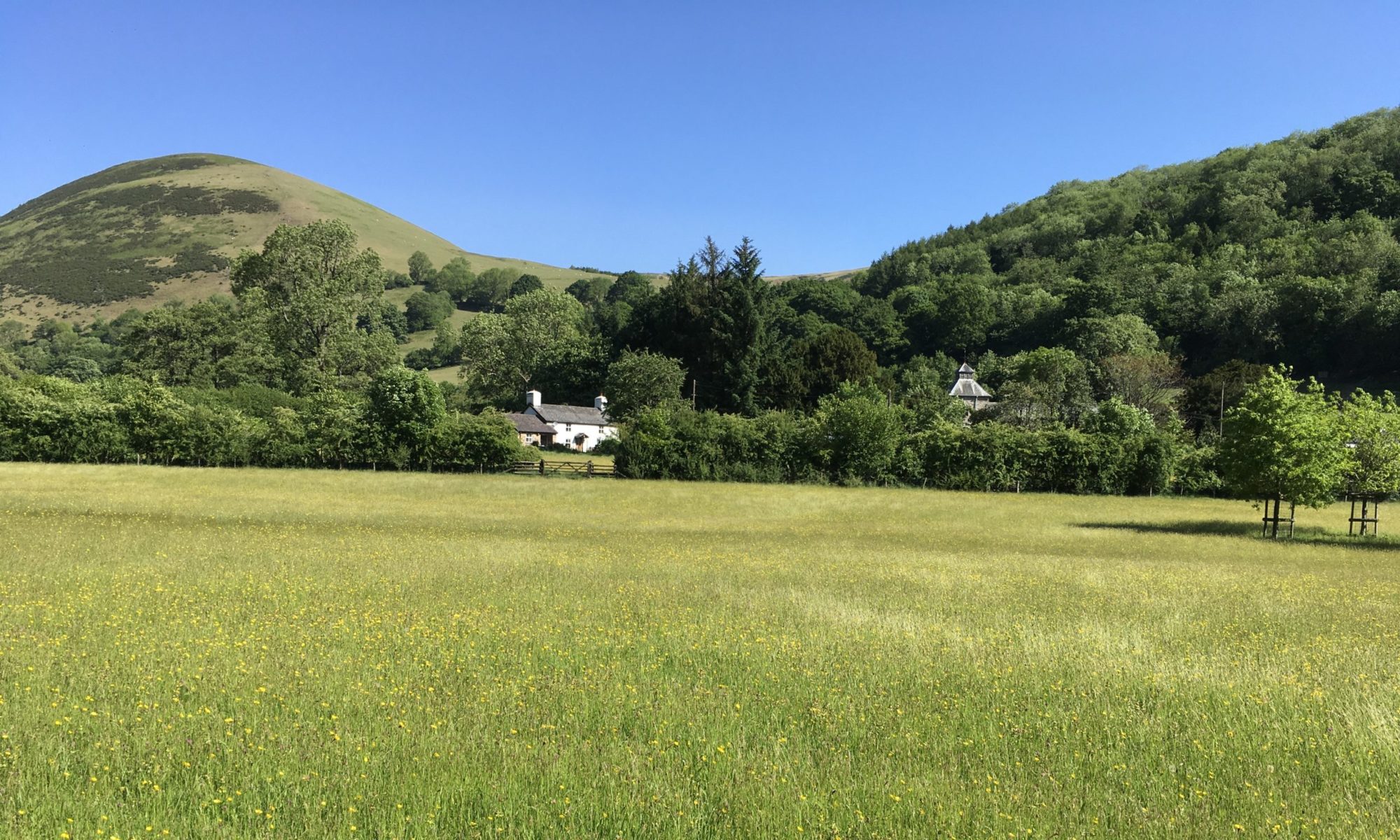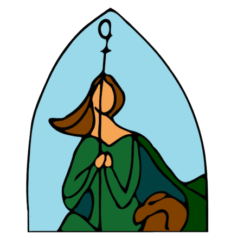Apologies for the late arrival of this, due to technical difficulties.
“Do not be afraid; I know that you are looking for Jesus who was crucified. He is not here; for he has been raised, as he said.” From Matthew 28:1-10.
Christ is risen! He is risen indeed! Alleluia! From the Easter acclamations.
“Father, into your hands I commend my spirit,” said Jesus as an observant Jew just before his death according to St Luke’s Gospel. This is the prayer said by Orthodox Jews every night, entrusting their souls to God’s care in case they die during the ‘little death’ of sleep.
“It is finished,” Jesus said in John 19:30, just before he died. All the Gospels tell of Joseph of Arimathea taking the dead body of Jesus, wrapping it in a linen cloth and putting it into his own tomb hewn in the rock. He then rolled a great stone to the entrance but the next day, the chief priests and Pharisees asked Pilate to ensure that the tomb was sealed so that Jesus’ disciples were unable to steal his body and deceive people into thinking he was alive again. Matthew tells us that the tomb was sealed and secured by soldiers and that a guard was also mounted. It IS finished, in that Jesus is dead and buried – but it is not over.
A time of waiting follows during Holy Saturday but on Easter Sunday, as Mary Magdalene and another Mary make their way to the tomb, St Matthew writes of an earthquake and of an angel rolling back the stone, with the guards being so afraid they fall to the ground. How ironic, that the one declared to be dead inside the tomb lives and the guards outside who are supposed to be alive look as if they are dead! Later, Matthew relates that the guards were given a substantial bribe and a guarantee of protection to say that the disciples came during the night to steal the body – the consequences they feared didn’t happen, as can often be the case.
The women are told by the angel not to be afraid, which indicates that they must have been fearful and understandably so. They are asked to see for themselves that Jesus is not there and then told to go and tell the disciples that he has been raised from the dead and will meet them in Galilee. In other words, Jesus did not raise himself after being buried in the tomb for three days but has been raised from death by God. It’s remarkable that two women are asked to do this as, in those days, women would not be allowed to speak in court or act as witnesses and were treated as second class citizens especially one with the kind of background Mary Magdalene had as a former prostitute. By commissioning them in this way, God chooses the most unlikely of people to convey his message of hope and new life – and that includes you and me, sinners and unlikely witnesses as we are to God’s saving grace in our world today.
Just a week ago, on Palm Sunday, the heaving crowds meant that there were many witnesses to what was unfolding but now there are just the two women as the disciples are hiding away for fear of what might happen to them with their leader being crucified. St Matthew tells us that the two women are both fearful and joyful as they hurry away from the tomb and, when Jesus himself then appears to them and is very much alive, he also tells them both not to be afraid. As we hear this story again so many years later, perhaps we too are afraid of what might happen with so much trouble in the world today. Jerusalem is still a battle ground as events this week have shown; events internationally may fill us with alarm as earthquakes in Turkey and Syria cause death and devastation as well as the warfare between Ukraine and Russia rumbling on with little sign of a ceasefire. Corruption in the Metropolitan Police, a woman lying dead in her flat for two and a half years, renewed tensions in Northern Ireland, the great cost of living expenses…….how can these things be? It’s easy to be fearful and a time of waiting will have to continue for a while yet. But there is much to be joyful about too: freedom restored after the pandemic, the beauty of the countryside in Spring, the love of family and friends, the forthcoming Coronation of Charles III…..
Into it all this Easter steals the whisper of hope and love, the trust that God is part of it too although we may not always realise it or involve him. For death could not contain Jesus then and it need not have the last word now. If we’re both afraid and joyful at what’s unfolding in our lives today, like those two Marys, perhaps we’re closer to those first followers and events than we realise?
With my prayers; pob bendith,
Christine, Guardian.


